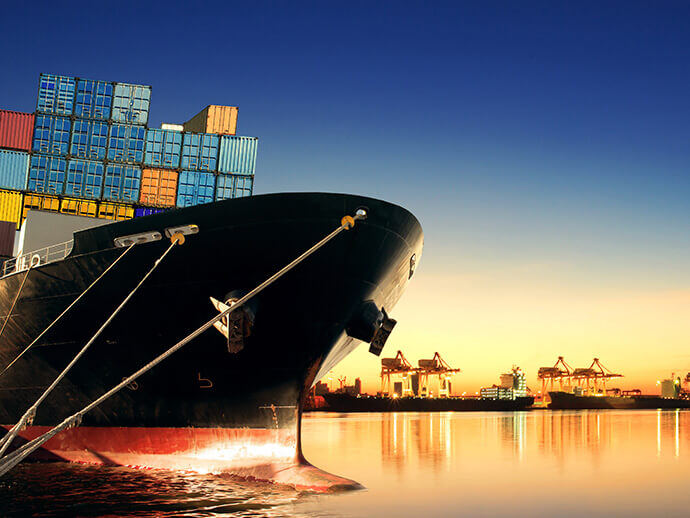
Logistics Market Update – September 2023
Here are some of the top global logistics news stories happening right now:
Back in the spring, it seemed the Panama Canal might catch a break. Forecasters were calling for rain, and there were hopes that earlier restrictions might be lifted. Unfortunately, things are much worse now. Despite being the world’s fifth wettest country, Panama is facing a drought that’s escalating the threat to global trade flows.
With the end of their rainy season imminent, this will be one of Panama’s driest seasons on record — the lowest since 1950. What does that mean for global trade? The Panama Canal is a critical route for global trade — handling an estimated 5% of it — and it plays a significant role in the transportation of goods between the Atlantic and the Pacific. However, the Panama Canal Authority is being forced to maintain transit limits, and weight restrictions imposed earlier this year will need to stay in place until this time next year unless there is significant rainfall over the next few months. This means higher freight costs for the 2023 holiday season, and if things don’t change, more of the same for the next.
Our take: This situation only further complicates the East Coast vs. West Coast port debate. Importers need to watch the situation closely and work with their forwarder to make sure the best routing decision is being made with each shipment. Costs and transit times between the two coasts can change quickly.
Read more here.
Recent data from SONAR’s Container Atlas shows a troubling decline of over 35% in new bookings since the beginning of August. This isn’t completely surprising since no one really expected US imports to rebound in the second half. And they haven’t. That 35% decline shows just how badly imports are deteriorating — and spot rates are following the trend.
Ocean carriers are doing all they can to ease this downward pressure on spot rates, including rejecting US-bound containers. And yes, that probably seems counterintuitive. However, causing a bottleneck and increasing the number of containers held in a queue waiting to depart could also create the illusion of tightened capacity, which, in turn, could bump up utilization rates.
The good news, at least for shippers, is that carriers can’t use this tactic for long. The holiday retail season is nearly here – at least as far as importers are concerned — and goods need to be US inbound very soon.
Our take: Expect the carriers to continue to do what they can to increase rates. Importers should be flexible and diligent to make sure their rates remain market-competitive without sacrificing service.
Read more here.
Are companies aware of supply chain trends, and if so, are they strategizing how to deal with them? Theoretically, since trends are typically easy to spot, companies should be prepared to deal with them.
There are several current trends the industry is facing: increased interest rates, worsening global political and economic issues, increased sustainability objectives, and digital transformation.
Using rising interest rates as an example, how can companies strategize and prepare? They’ve been trending upward since earlier in the year, and just a few weeks ago, the Fed indicated there’s a good chance they will at least once more. The interesting thing is that higher interest rates are typically put in place to tighten consumer spending and demand, but that isn’t what’s happening. This puts companies in a position where they need to be prepared to meet demand regardless of what happens — it increases or decreases. They need to be prepared to shift in whatever direction is necessary.
Our take: Supply chain management is about more than low rates. Companies need to be strategic in the partnerships they create and their way of dealing with external influences on their supply chain. Working with an experienced freight forwarder is a vital part of any company’s long-term success.
Read more here.
